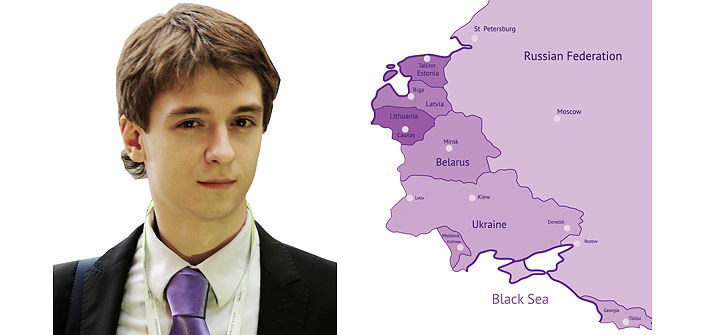Severe drought, the Russian embargo and the spread of African swine fever (ASF) are the factors that have been mostly determining developments in the pig industries of Eastern European countries in the first half of 2015.
In the summer months, the ASF situation has worsened in each country of the region where it is presented. In Russia, it’s been detected in several central regions, including Samara and Kursk Oblast, as well as in the south in Krasnodar Krai, the territory that was actually considered as free from ASF since 2013.
Several outbreaks of ASF in Estonia in July forced the veterinary services to cull 2,000 pigs. Almost each week, outbreaks are reported in wild fauna in Latvia and Lithuania. The only country where everything seems fine is Belarus, but the local authorities have a reputation for never reporting the ASF situation honestly, so it’s hard to say what’s actually happening there.
The biggest ASF outbreak occurred rather suddenly in Ukraine on July 28. The Kalita Company’s farm in Kiev Oblast was affected and the entire population of 61,200 pigs had to be culled and burned. It was the largest outbreak of ASF so far in any former Soviet Union country outside Russia.
On August 6, the cabinet of ministers of Ukraine lifted a moratorium on inspections of pig farms as the measure to fight the disease. According to the head of the Association of Pig Breeders of Ukraine, Artur Loza, the situation will definitely affect exports of Ukrainian pork and the overall position of the country’s pig industry.
A number of investment projects are now likely to be cancelled, so the recent forecast on the development of the pig sector in Ukraine may have to be revised. The pig breeders’ association had projected that 2015 pork production would increase by 1.6% compared to 2014, to 775,000t. It was also expected that by 2017, the volume of pork production in the country would rise to 800,000t, while by 2020 it would reach 929,000t – which would be 20% more than 2015.
Quite interesting events are also taking place in Russia where, in response to the extension of the Russian embargo, major producers are much bolder and are beginning to expand production capacities. In particular, the second largest pork producer, Cherkizovo, has agreed a loan with the state-owned Sberbank that will allow the expansion of production capacities by 70% during the next seven years to achieve 330,000t.
After long negotiations, RusAgro attracted funding for the largest pig breeding project in the far east of Russia. It will produce between 50,000t to 100,000t of pork, depending on how many farms the company decides to commission.
Russia’s largest pork producer, Miratorg, has so far not announced anything new in the area of pig production for the coming years. It seems that the company is diversifying its business portfolio as it has announced several projects in the areas of poultry, beef and milk production for the coming years.
Additionally, it’s worth mentioning that Russian president Vladimir Putin recently called on government agencies to burn all pork products from the European Union (EU) that are supplied to Russia bypassing the food embargo. This may have important implications for a number of pig producers, as some experts believe that, for example, the Baltic countries continue to supply Russia with about 10 to 20% of the amount of pork they supplied prior to the embargo.
Swedbank and a number of experts previously admitted that this factor has partly mitigated the effects of the embargo for Baltic pork producers. Now, however, this practice will become more risky and probably the size of the smuggling flow will seriously decrease.
The head of Russian food watchdog Rosselhoznadzor had previously stated that pork production from Europe could get back to the Russian market from early next year if the embargo was cancelled. However, pork production from Latvia, Lithuania and Estonia will not be able to return until 2018 due to their outbreaks of ASF.
It’s clear that some joint efforts of Russia, Ukraine, Belarus and the countries of the EU on the fight against ASF could be more effective and help to decrease the number of the outbreaks. However, geopolitical issues continue to negatively affect all pig industries in the region.




